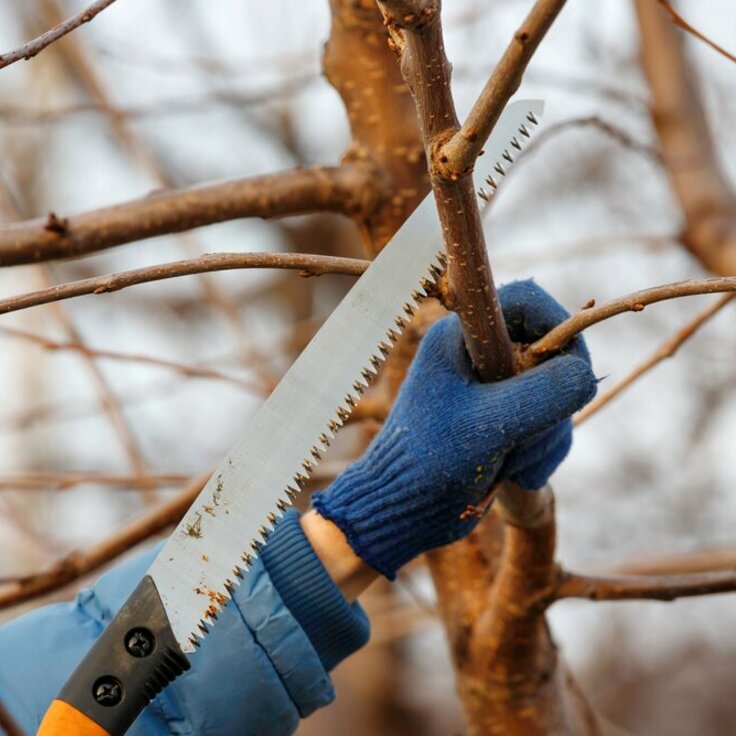Easy root cuttings
Taking root cuttings is a simple technique, and now is a good time
My grandfather would always say to me that gardening does not stop in the colder months, and how right he was. Yes the workload slows down but there are still many tasks that can be done. One of these is taking root cuttings. Root cuttings are taken from plants that naturally send out suckers and are usually vigorous growers. Root cuttings have their advantages against other cuttings, so although they are slow to show that they have ‘taken’, they are less susceptible to pest and diseases and are frost hardy; so little care is needed apart from in the worst of the winter weather. You’d think that taking root cuttings would damage the parent plant, but it is worth remembering that a plant will quickly produce roots to survive. Always use a clean sharp knife for cuttings and clean in-between cuts with an alcoholic wipe or hot water to decrease the chance of soil borne diseases entering the cuts. Take them now and by spring you will have new plants to pot on.
Top Tip
If taking root cuttings from a plant established well in the ground try to minimise root disturbance.
Plants that can be propagated by root cuttings
Phlox paniculata
Papaver orientalis
Verbascum
Phlox paniculata
Echinacea purpurea
Dicentra
Acanthus spinosus
Shrubs
Aralia elata
Rhus typhina
Chaenomeles
Rubus
Taking root cuttings, step by step
1 Once roots have been exposed, wash them with water so you can see clearlywhat roots are suitable for propagation. Herbaceous plants can be lifted, shrubs will require a section of the roots in the soil to be exposed and then washed.
2 Cut away a strong, pencil thick root as close to the crown as possible. Divide it into 2-3in (5-7cm) sections. Make a slanting cut at the base of the root and a straight cut at the top. Remove fibrous roots from the cutting.
3 Insert the cuttings into a 3in (7cm) pot, placing the angled cut down. The top should be level with the compost. Cover with grit, coarse sand or vermiculite. Water and place in a sheltered spot or cold frame.
Dealing with thin roots
Root cuttings if taken from a plant with thin roots can also be cut straight across on each side and placed horizontally about a 1in (2.5cm) apart in small trays and covered with sieved cutting compost.








